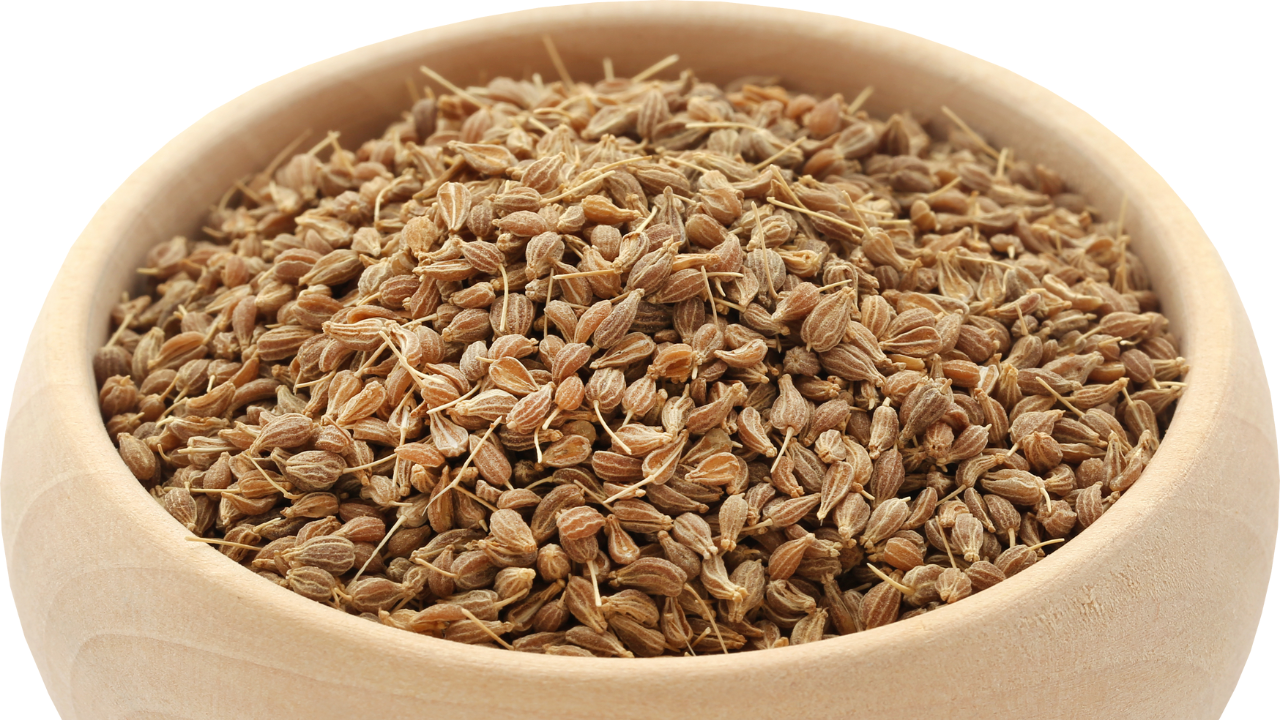-

·
How to Increase Breast Milk Naturally at Home
Increasing your milk supply naturally at home is doable and doesn’t have to be daunting. How to Produce More Breast Milk If you are looking for ways to increase your milk supply naturally from the comfort of your home, you’ve landed in the right place. Remember, your body is an incredible milk-making machine, and it…
-

·
Baby Has Weak Suction? Here’s What You Need to Know
Write For Me said: If your baby has weak suction while breastfeeding, you’re not alone. This guide explains the causes, signs, and practical steps to help improve your baby’s latch and feeding. From tongue-tie to low muscle tone, learn how to support your newborn with expert-backed tips and when to seek professional help.
-

·
How Can You Tell if Baby Is Tongue Tied?
A defect like this can make it look as if the baby has a short tongue, or sometimes no “free tongue. “ A tongue-tied baby might have some problems moving the tongue up and down and side to side. What is Tongue-tie? A mucous membrane called the frenulum is centered on the underside of a…
-

·
Nipple Confusion in Breastfeeding
Breastfeeding can be beautiful—but also challenging, especially when your baby suddenly refuses the breast after doing well. One reason this might happen is nipple confusion. What Is Nipple Confusion, Why It Happens, and How to Avoid It If your baby has been introduced to a bottle, nipple shield, or pacifier and is now struggling to…
-

·
Suck Problems During Breastfeeding
The hard palate helps to position the nipple and areola, and this holds the breast in place. The soft palate is towards the back of your baby’s mouth, and this is the area in which the nipple should be. Is Baby not Sucking Properly? A baby sucks, swallows, and breathes all at the same time…
-

·
Can Anise Boost Milk Supply? What Breastfeeding Moms Need to Know
Anise, a licorice-flavored seed, is often used in lactation teas for its potential to boost milk supply. While early studies show promise, results vary from mom to mom. Learn how anise works, how to use it safely while breastfeeding, and whether it’s the right natural support for you.
-

·
Jungle Juice for Breastfeeding – Hydrate & Boost Milk Supply
Feeling drained while breastfeeding? Jungle Juice is a hydrating, energizing drink made with chamomile tea, coconut water, electrolytes, and calming rescue remedy. It will boost your milk supply, support your body, and help you feel more steady and nourished while nursing.
-

·
Herbs and Breastfeeding – Powerful Aids – Boost Supply & More
Safe, effective herbs to support breastfeeding—from boosting milk supply to easing weaning and healing mastitis. This expert-backed guide covers galactagogues, weaning herbs, immune support, and mood-balancing botanicals, with safety tips, recipes, and real-world use. Natural remedies meet science for empowered, nourishing breastfeeding.
-

·
Small Breasts? – Nurse Confidently – No Matter Your Cup Size!
Breast size doesn’t determine your ability to breastfeed—glandular tissue does. Whether you’re an A-cup or a DD, your body is likely capable of producing enough milk. Learn how storage capacity, feeding frequency, and expert support play a role in breastfeeding success with small breasts.

Breastfeeding Problems & Solutions
Tag: Low Milk Supply
 This tag is used for content and discussions related to insufficient milk production during breastfeeding. It covers both perceived low supply, where a parent worries their supply is inadequate despite the baby thriving, and actual low supply, where milk production does not meet the baby’s nutritional needs.
This tag is used for content and discussions related to insufficient milk production during breastfeeding. It covers both perceived low supply, where a parent worries their supply is inadequate despite the baby thriving, and actual low supply, where milk production does not meet the baby’s nutritional needs.
This is a central resource for parents seeking information, support, and solutions for challenges with milk production.
We Look Into:
Signs of Low Supply: How to differentiate between true signs of insufficient milk transfer (like poor weight gain or low diaper output) and normal infant behaviours (like frequent feeding, fussiness, or shorter nursing sessions).
Causes and Contributing Factors: Exploring common reasons for reduced milk production, including:
Infrequent or ineffective milk removal (due to poor latch, scheduled feeds, or missed pumping sessions).
Hormonal conditions (e.g., PCOS, thyroid issues).
Certain medications or herbs.
Previous breast surgery.
Supplementing with formula without protecting the milk supply.
Strategies to Increase Milk Supply: Practical advice and methods for boosting production, such as:
Power pumping: A specific pumping schedule that mimics cluster feeding.
Galactagogues: Information on foods, herbs (like fenugreek or moringa), and prescription medications known to increase milk supply.
Ensuring a proper latch and effective milk transfer.
Increasing the frequency of nursing or pumping sessions.
Supplementation: Guidance on when and how to supplement with expressed breast milk, donor milk, or formula while protecting the breastfeeding relationship.
Professional Support: Information on when to seek help from a lactation consultant (IBCLC), doctor, or paediatrician to diagnose and manage supply issues.
Personal Stories and Emotional Support: A space for parents to share their experiences, frustrations, and successes, creating a supportive community around a common and often stressful feeding challenge.
